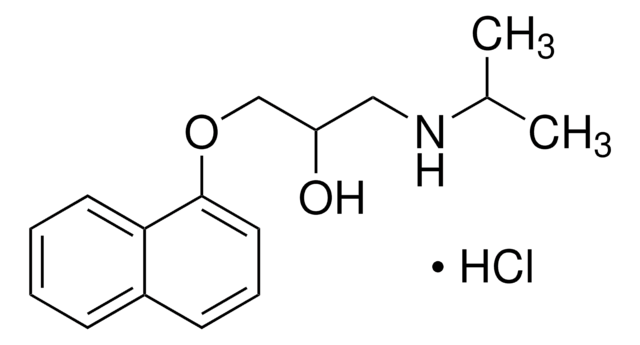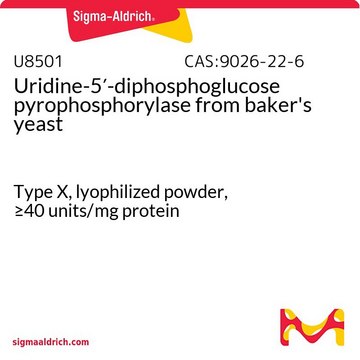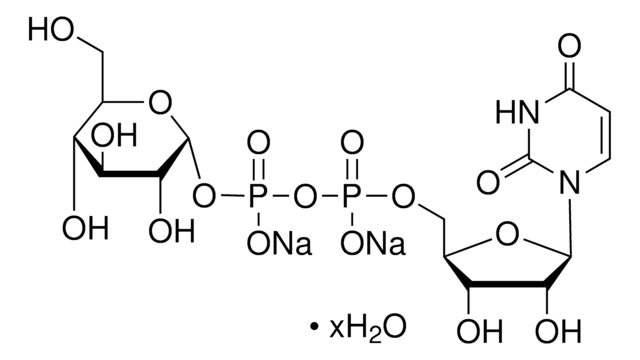Z4402
Zinterol hydrochloride
≥98% (HPLC)
Synonyme(s) :
Zinterol hydrochloride, N-[5-[2-[(1,1-dimethyl-2-phenylethyl)amino]-1-hydroxyethyl]-2-hydroxyphenyl]-Methanesulfonamide Hydrochloride; MJ 9184
About This Item
Produits recommandés
Pureté
≥98% (HPLC)
Forme
powder
Conditions de stockage
desiccated
Solubilité
DMSO: ≥15 mg/mL
Température de stockage
room temp
Chaîne SMILES
CC(C)(Cc1ccccc1)NCC(O)c2ccc(O)c(NS(C)(=O)=O)c2
InChI
1S/C19H26N2O4S/c1-19(2,12-14-7-5-4-6-8-14)20-13-18(23)15-9-10-17(22)16(11-15)21-26(3,24)25/h4-11,18,20-23H,12-13H2,1-3H3
Clé InChI
XJBCFFLVLOPYBV-UHFFFAOYSA-N
Actions biochimiques/physiologiques
Caractéristiques et avantages
Mention d'avertissement
Warning
Mentions de danger
Conseils de prudence
Classification des risques
Eye Irrit. 2
Code de la classe de stockage
11 - Combustible Solids
Classe de danger pour l'eau (WGK)
WGK 3
Point d'éclair (°F)
Not applicable
Point d'éclair (°C)
Not applicable
Certificats d'analyse (COA)
Recherchez un Certificats d'analyse (COA) en saisissant le numéro de lot du produit. Les numéros de lot figurent sur l'étiquette du produit après les mots "Lot" ou "Batch".
Déjà en possession de ce produit ?
Retrouvez la documentation relative aux produits que vous avez récemment achetés dans la Bibliothèque de documents.
Articles
β-Adrenoceptors are activated either by norepinephrine or epinephrine. Learn more about the role of β-adrenoceptors in protein expression, cell signaling, and metabolism research.
Notre équipe de scientifiques dispose d'une expérience dans tous les secteurs de la recherche, notamment en sciences de la vie, science des matériaux, synthèse chimique, chromatographie, analyse et dans de nombreux autres domaines..
Contacter notre Service technique






